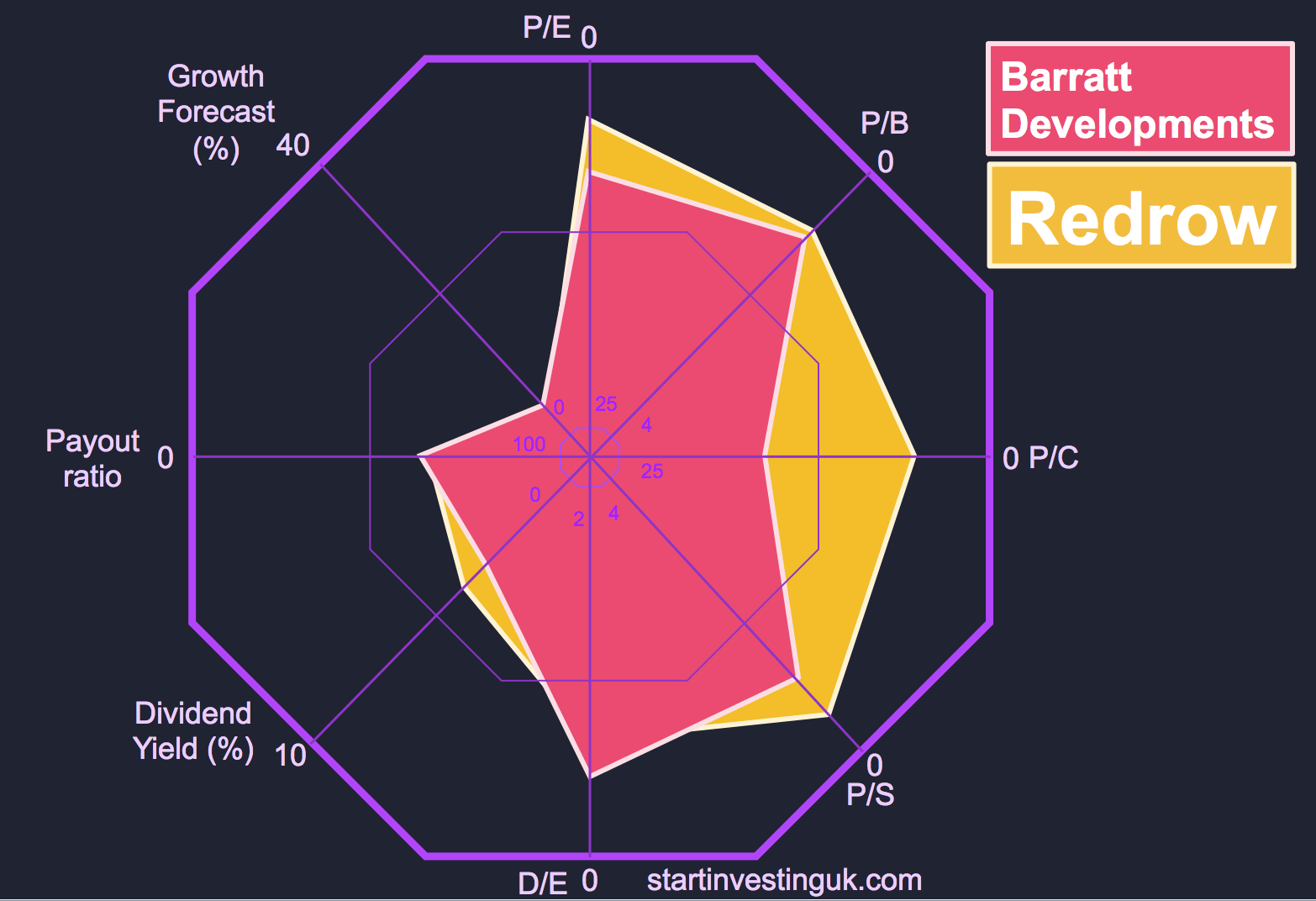Investing 101
We have had a lot of new subscribers over the last month, so this week we thought we would do a recap of the need to knows of investing for those just starting on their journey.
The Good
The stock market is a wonderful, fascinating arena, moved in
equal weight by economic fact and human emotion. It is subject to the whims,
insecurities and hopefulness of millions of individuals and corporations across
the world.
The bottom line is this: the total stock market return over the last 200 years (the change in value of the stocks themselves and any dividends paid) on average is 8.1% per year . When adjusted for inflation it’s about 6.6% per year . With the help of the graph below from Jeremy Siegel’s brilliant ‘Stocks For The Long Run’,you can see that the stock market far surpasses any other asset class.
This means that, on average, a diversified portfolio of stocks (i.e. a group of stocks that covers many industries and sectors) has doubled in value every 10 years.
Lets say you invested £10 in a company’s stock. The first year the stock increases in value by 8% (10 x 1.08 = 10.8 ), the value of that stock is £10.80 at the end of the first year.
The second year it increases another 8% (10.8 x 1.08 = 11.66 ), now it is worth £11.66 – here you are also making 8% of the 1st year’s profits as well, this is compound interest , and this is what has made Warren Buffett one of the richest people on the planet. By the end of the 10th year you have almost exactly £20 , i.e. the value of your investment has doubled over 10 years.
Another bit of good news is that if you take any 20-year period throughout that 200-year history, a diversified portfolio of stocks has never lost investors money. It hasn’t even fallen below inflation; in fact the worst 30-year return for stocks remained comfortably ahead of inflation by 2.6% per year.
REMEMBER, these are average returns. We will discuss investing strategies in other posts, but know that there are many investors that consistently beat the market – meaning they achieve above average returns year after year.
For those who tell you that the stock market is akin to gambling or that it is a zero-sum game, in truth the risk of losing value in is not with the investors in the market, but with those who choose to keep their savings in cash - which loses value over time through inflation.
However, there is a caveat: the market is only reliable in the very long term.
The Bad
The bad news is that on a day-to-day, week-to-week, even month-to-month basis, the stock market is a casino. If your investment horizon is less than one year, you are just as well buying a stock as you are going and putting your money on black (for those who haven’t played roulette, that’s about a 50/50 chance of winning or losing.)
Constant news updates, economic fluctuations, Donald Trump tweets, Brexit anxiety and a million other factors keep the stock market in a constant state of flux. Individual companies can change in value by several percent in an hour for seemingly no reason at all. Many investors attempt to make money from these fluctuations: good luck to them; that is gambling and not what we do here.
Even more crucially, economic crashes can wipe out huge amounts of value from the market. The 2008 financial crash saw the FTSE 100 (the 100 largest companies on the UK stock exchange) lose 48% over an 18-month period. This is why a short term investing outlook can be very dangerous.
‘The only people who get hurt on a rollercoaster are the ones who jump off.’ - Dave Ramsey
- You have to understand that crashes can happen at any time.
- Don’t invest money you cannot afford to lose.
- When crashes happen, you will not sell your shares !
- You will wait.
- The market ALWAYS comes back up and surpasses its previous value (take another look at Siegel’s graph if you don’t believe me).
Read our blog here for more on this.
The Beautiful
As of August 2018, 57% of US citizens have less than $1,000 saved, and a quarter of UK citizens have no savings at all. - CNBC , Independent
If you’re reading this blog, you are already thinking about your future and you are taking your retirement into your own hands. Hopefully you understand the power of paying yourself first – by that I mean spending what is left after you save, rather than saving what is left after you spend. By putting those savings into the stock market, you send those pennies and pounds out to work for you to make more pennies and pounds and so on.
“Compound interest is the eighth wonder of the world. He who understands it; earns it, he who doesn't; pays it.” – Albert Einstein
- The end goal for the Start Investing Stock Portfolio is to reach 1 million pounds.
When (not if!) that figure is reached it will create a sustainable, self-refuelling salary of £60,000 per year in dividends. That is our financial freedom; the amount that would allow us to do whatever we want.
We know that this is going to take a long time (maybe 20 years, maybe 30), but we will continually learn and improve our strategy as we go to make sure we are as efficient as possible. We already utilise methods such as value investing , pound cost averaging and dividend reinvestment , strategies that have been shown to outperform the market.
What does financial freedom look like to you?
What steps can you take to make it happen?
The Start Investing Monthly Stock Pick is announced on the first trading day of every month (i.e. not weekends or bank holidays). So sign up free if you haven't already done so - here , check your inbox on the morning of the 1st of April to find out which company we’re backing this month!
Thanks for reading and please reach out with any questions, either by commenting below or via email.
Best Wishes,
Joe












